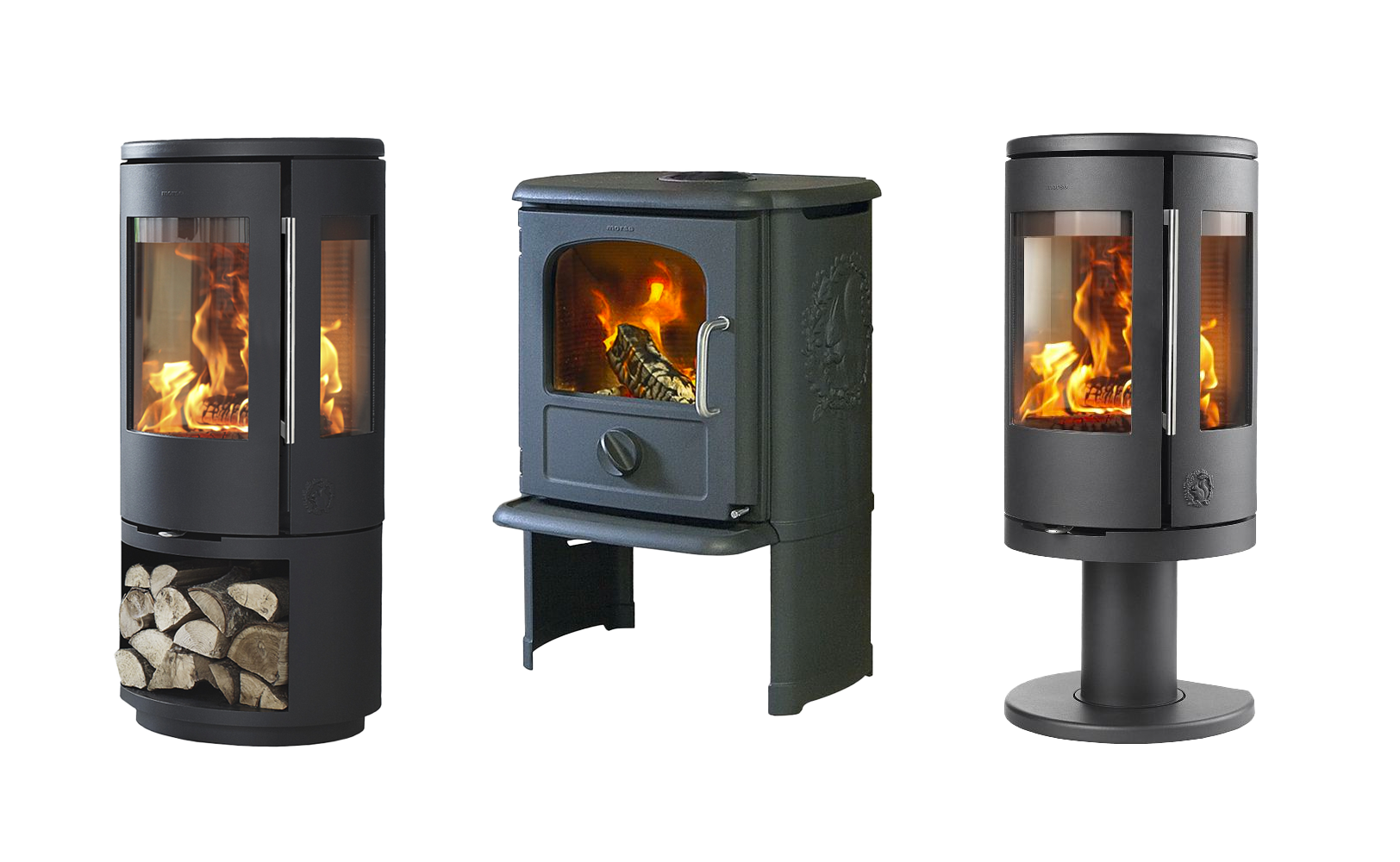Wall Lining and Insulation




Designed to seamlessly integrate into the initial construction of your log cabin.
Introducing our highly efficient wall insulation system, a solution designed to seamlessly integrate into the initial construction of your log cabin or be retrofitted to enhance its insulation capabilities. While the advantages of this system are substantial, it's important to note that its technical intricacies make it a task demanding a certain level of expertise. As a result, the correct implementation of this system may entail a relatively higher cost.
Rest assured, our dedicated team is more than willing to manage this process for you, ensuring that the insulation is expertly installed to maximize its effectiveness. However, we also recognize that you may possess the skills and desire to take on this task independently, particularly if you deem wall insulation essential and feel confident in your abilities.
Whether you opt for our professional assistance or choose to tackle the insulation project yourself, our commitment remains unwavering—to provide you with a log cabin that not only meets but exceeds your expectations in terms of comfort, energy efficiency, and overall quality.
Get a quote in 48 hours or less!
Keops Wall Insulation:
A properly designed cavity wall insulation system will also incorporate a damp proof membrane, a vapour control barrier and an air gap. Any window reveals and door reveals should not create a rigid link from the inner wall to the outer wall. They must allow the two walls to move independently of each other.
Before you embark on such a project you need to appreciate some log cabin design philosophy.
In log cabin design, the individual logs are allowed to swell and contract as their moisture content changes in different atmospheric conditions. As each and every log changes dimension in its height there will be an accumulative rise or fall in the overall height of the wall. The change from minimum height to maximum height might be quite significant, sometimes as much as 30 mm.
If you were to direct fix studding to the wall for the purpose of creating a cavity and then cladding internally, the studding would impede the natural movements of the log wall and this would result in loose logs and gaps appearing in the wall between the logs which could allow moisture to penetrate into the insulation void. This moisture ingress can go unnoticed from within the building behind the inner wall.
It is therefore essential that any studding is attached to the walls with a suitable sliding bracket system or similar method that does not impede the log wall natural movements.
Furthermore if the ceiling / roof is attached to the outer log wall, and the outer log wall is shrinking, then the ceiling / roof will lower relative to the floor. Any inner skin wall must be designed to allow adequate clearance for the ceiling to lower without bottoming out on the top of the inner wall. If it did then it might cause the roof to become detached from its outer wall, or it may prevent the top log of the outer wall from staying in close contact with its lower neighbour and therefore create a gap in the wall and hence the previously mentioned risk of moisture ingress.
Any window reveals and door reveals should not create a rigid link from the inner wall to the outer wall. They must allow the two walls to move independently of each other.
Usually a log cabin would only need wall insulation if the building is needing to be inspected by the Building Control Officer as a commercial building, school, residence or large building over 30 square metres internal floor area. For the majority of cabins in gardens for the majority of uses, if insulation is needed then the comfort grade of insulation for roof and floor is ideal at lower cost.
An extra something to make people go “wow”?
We offer a huge range of add-ons and upgrades that can elevate your cabin, giving it that jaw-dropping effect!

